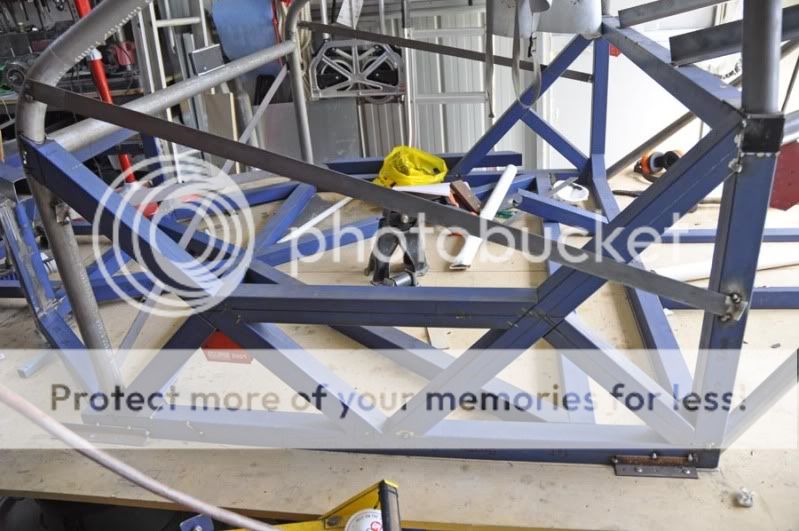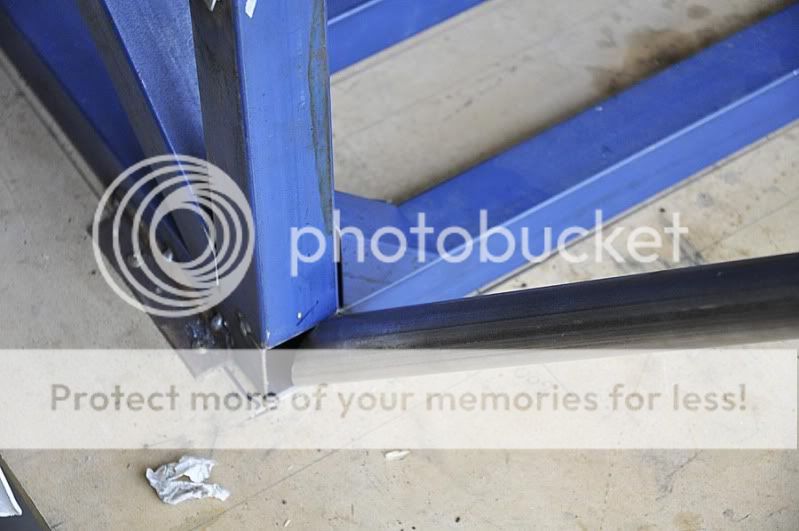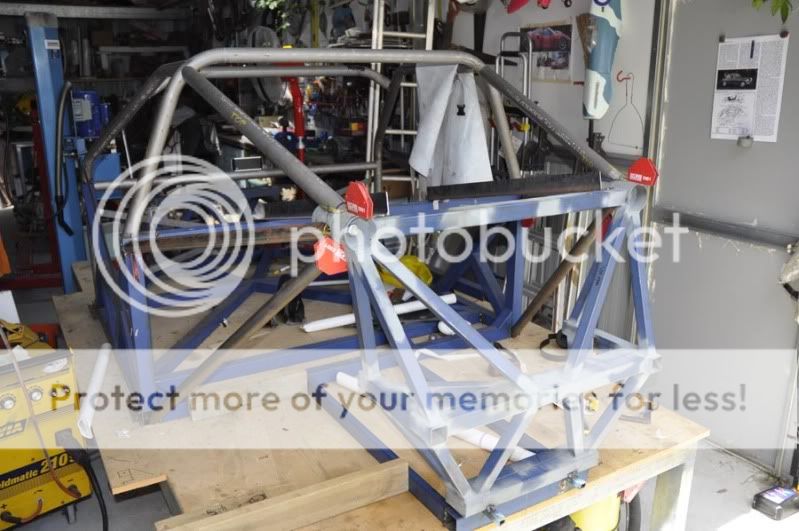I have been experimenting and have noticed that the contact wall of the larger tube distorts with quite low loads when the smaller tube does not extend to the edges of the square - thus the stiffness of the joint is markedly lower than calculations would suggest.
One of the fixes is to double the local thickness with a welded on plate, internally sleeve the tube with another tube or an internal baffle (perpendicular to the tube) linking all of the walls (assuming you can get access with the welder)...but what other solutions are there?
Edited by NeilR, 01 January 2012 - 10:47.



































